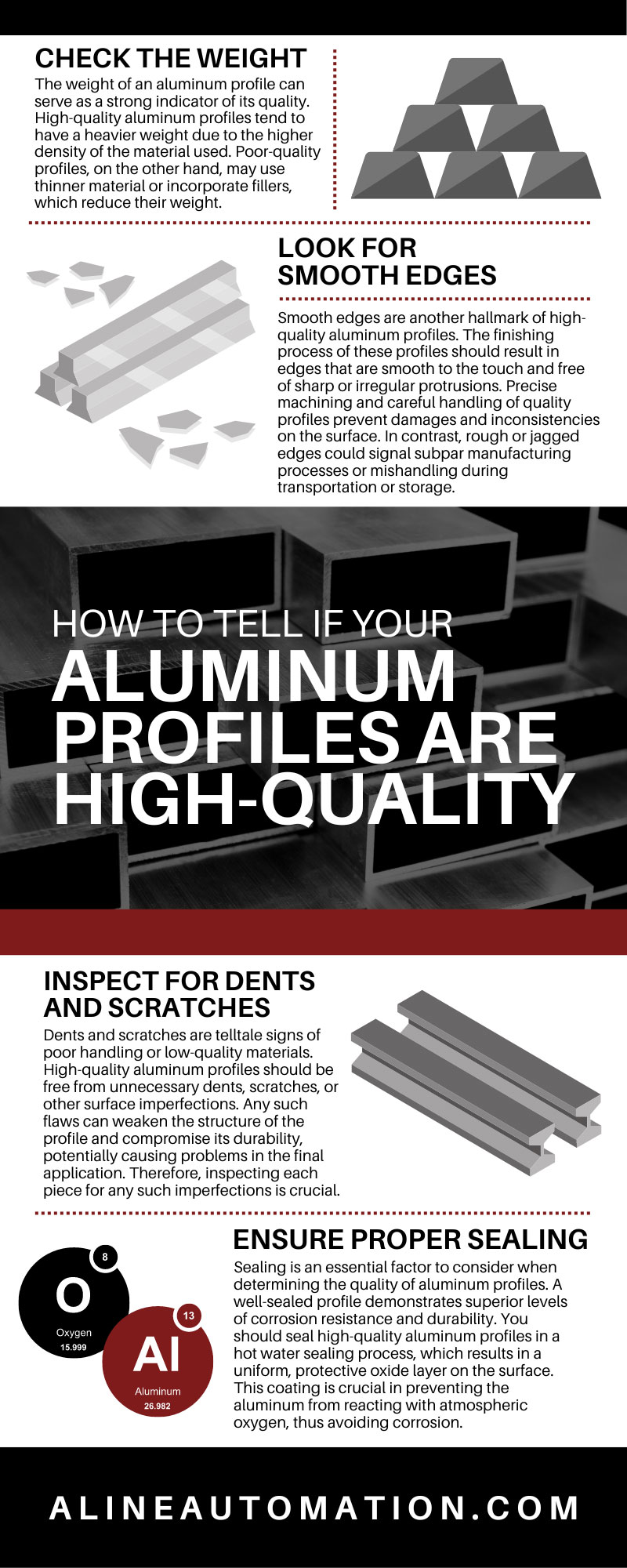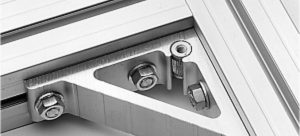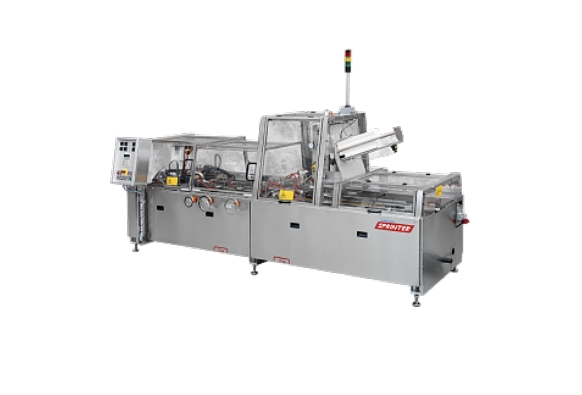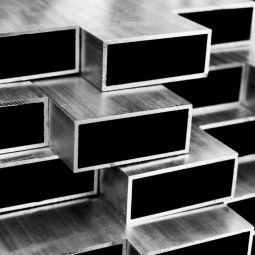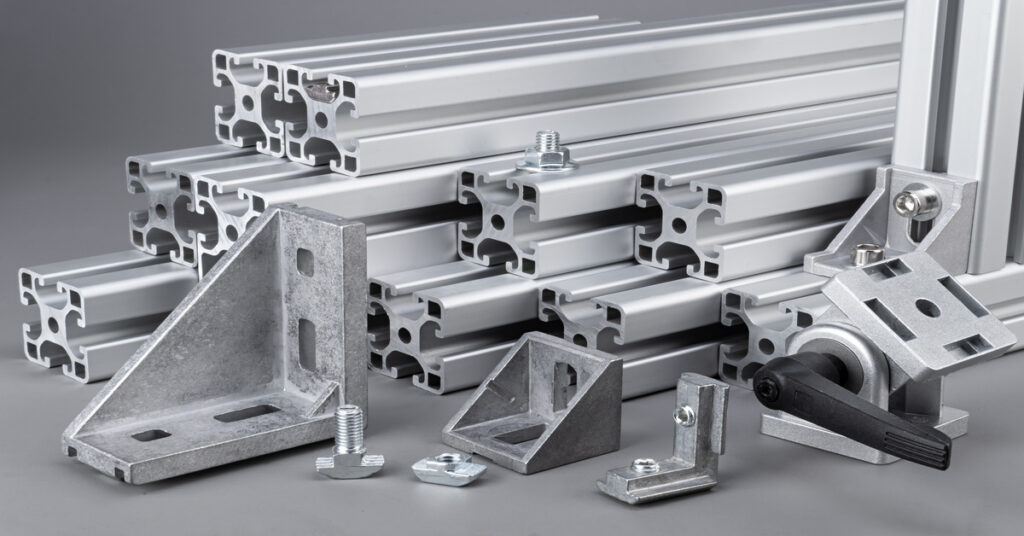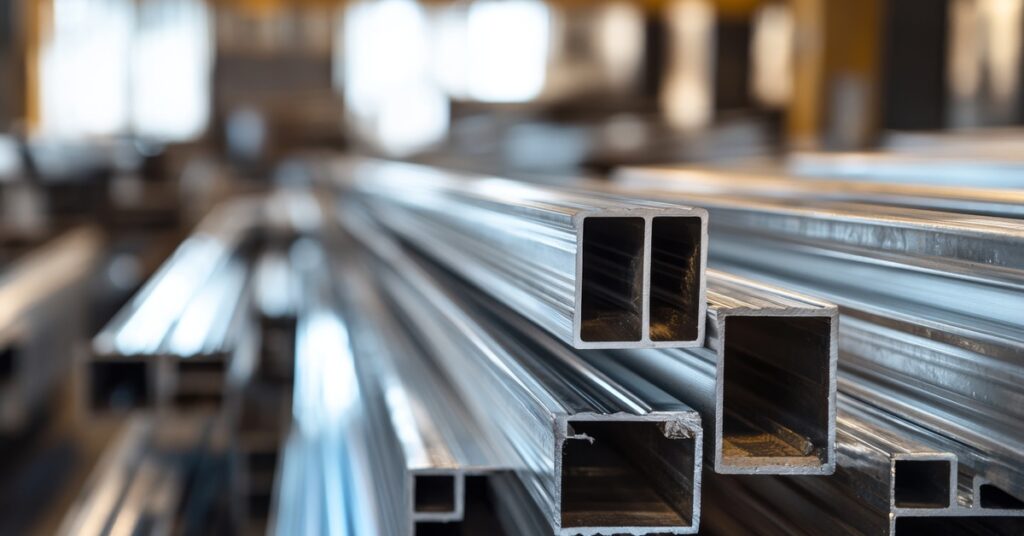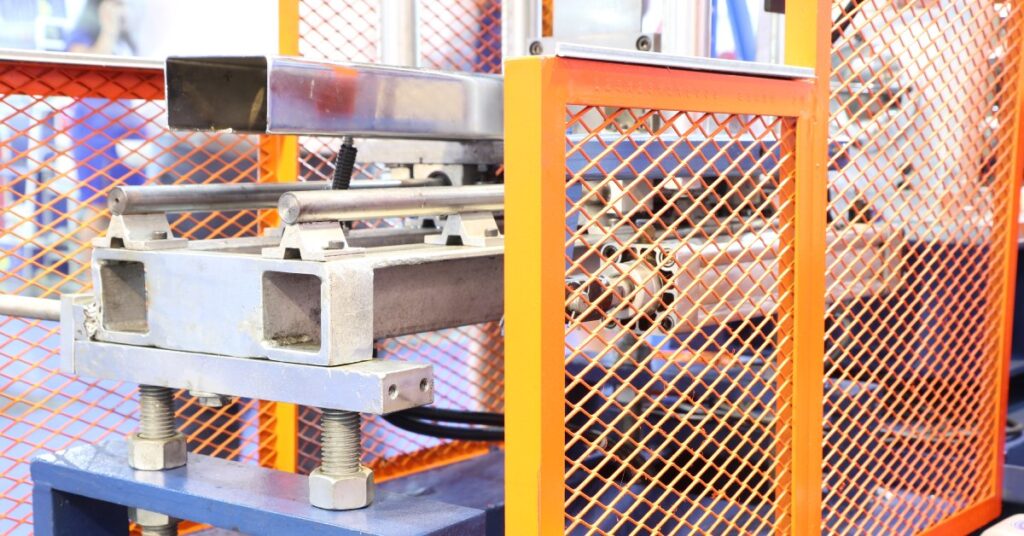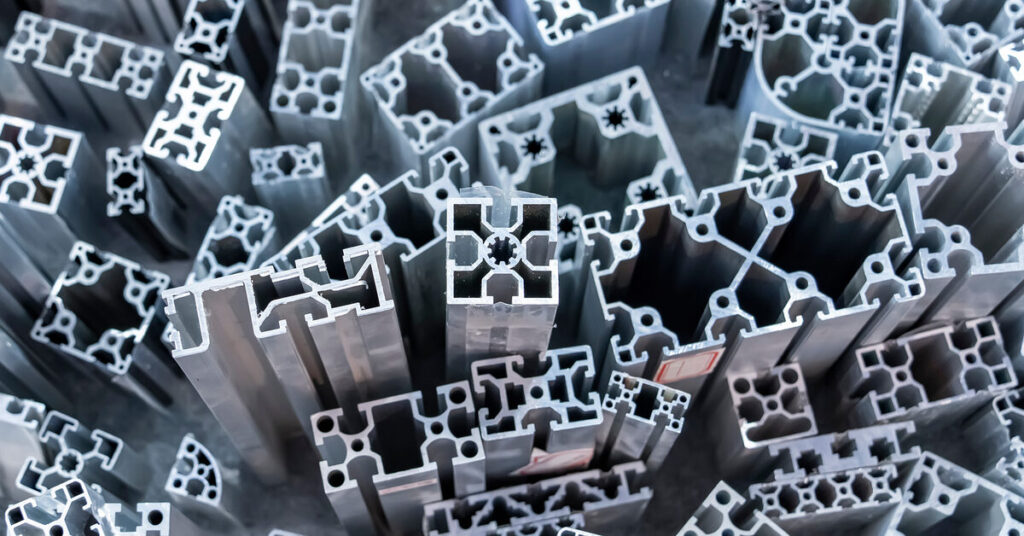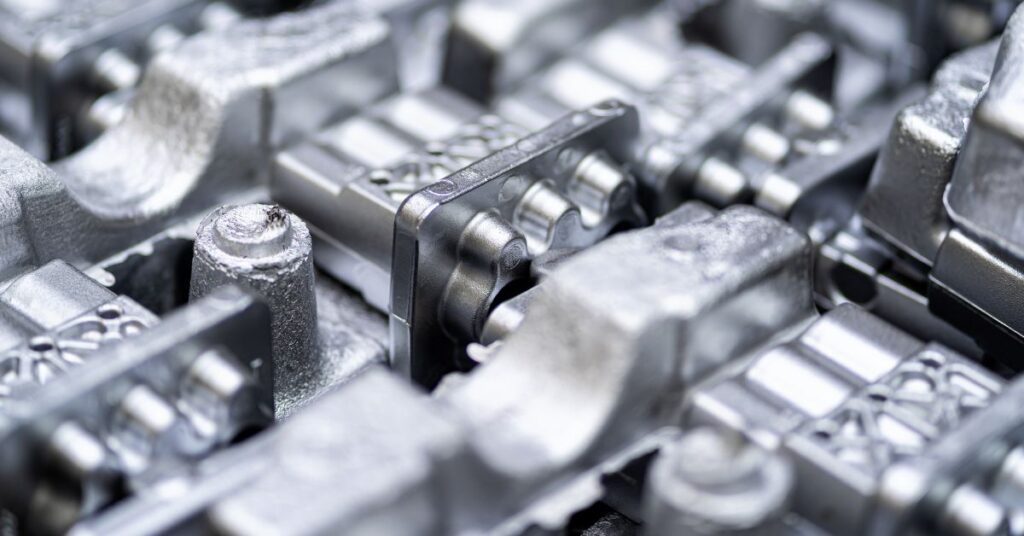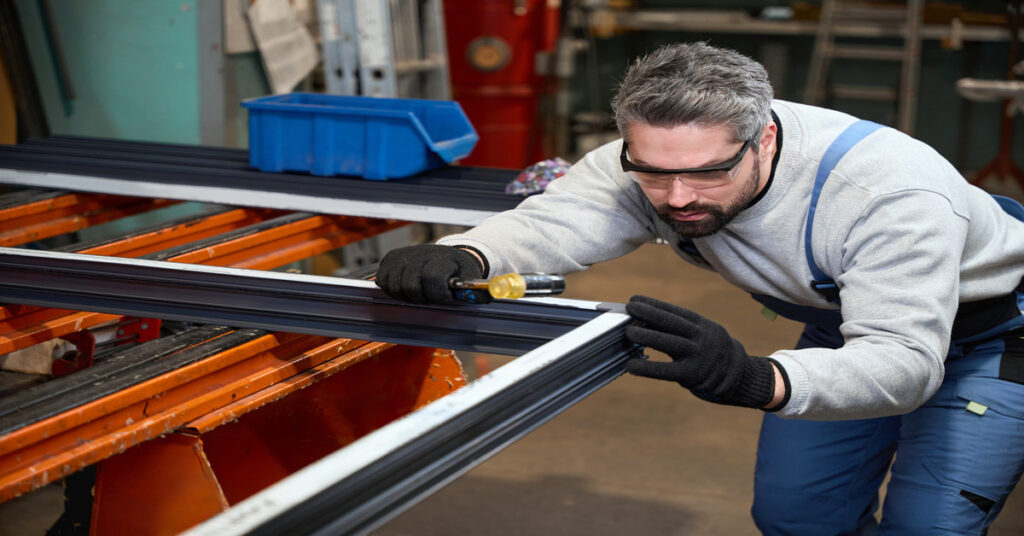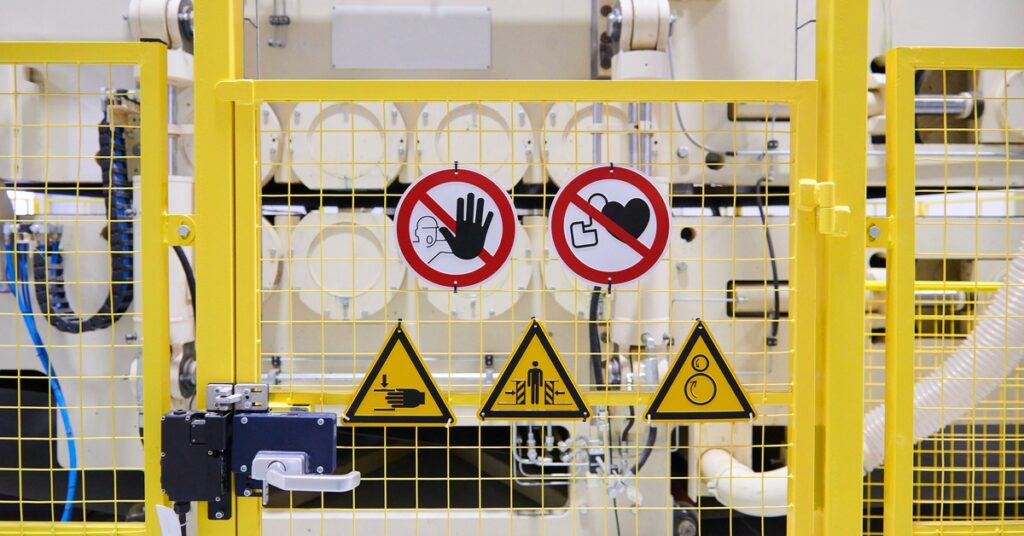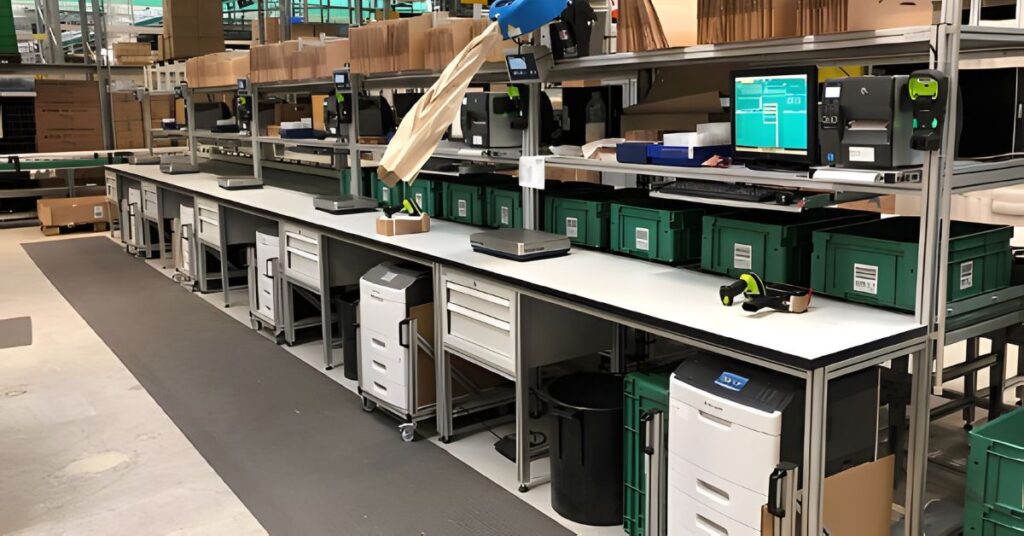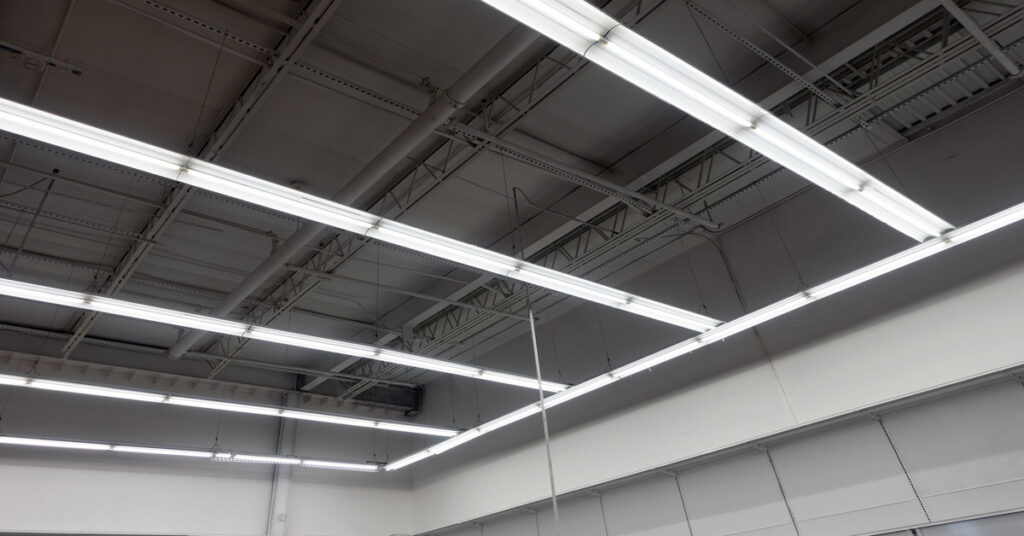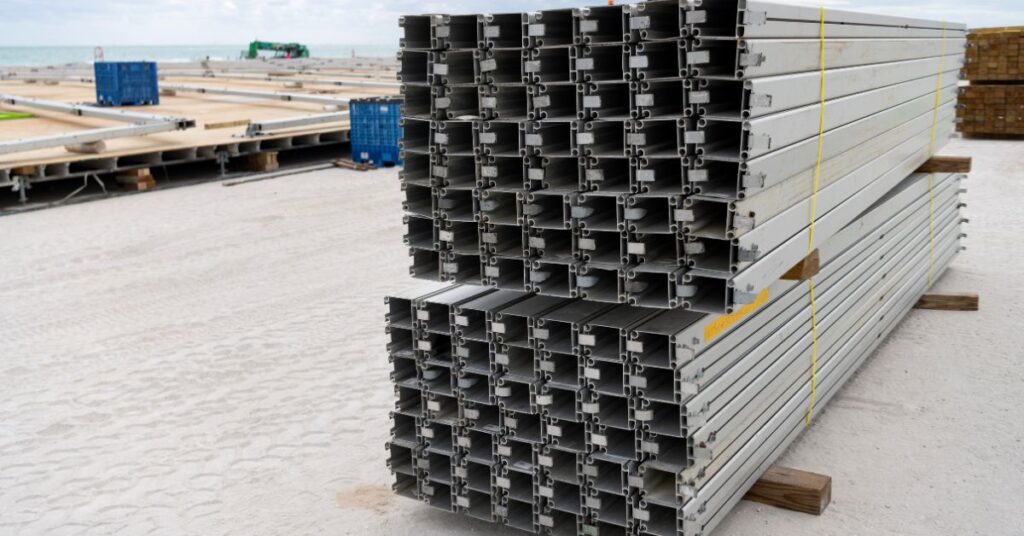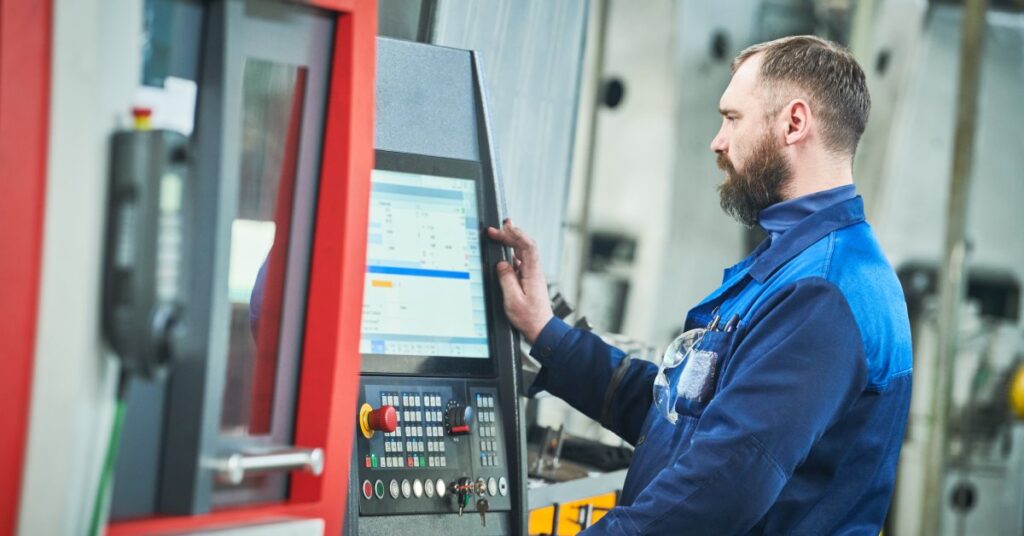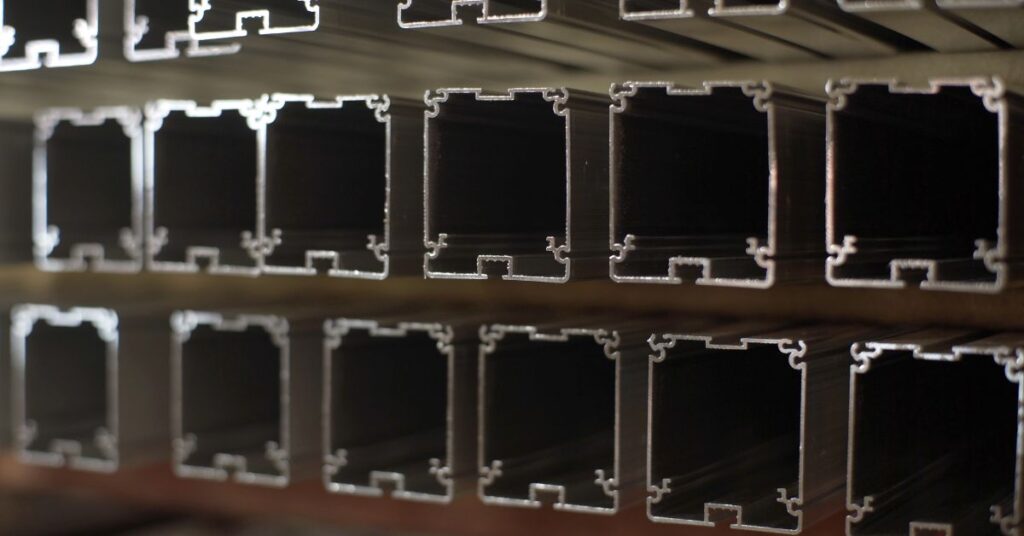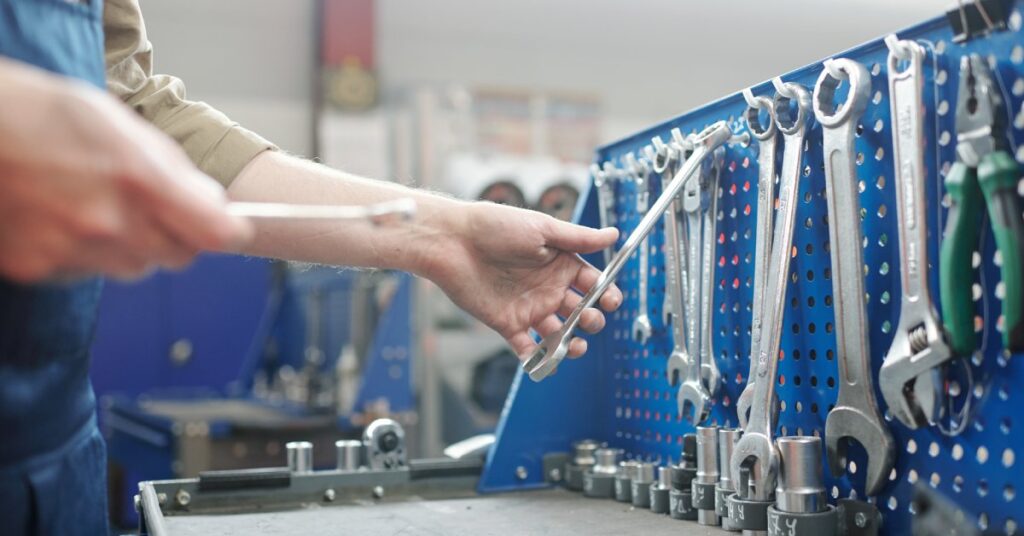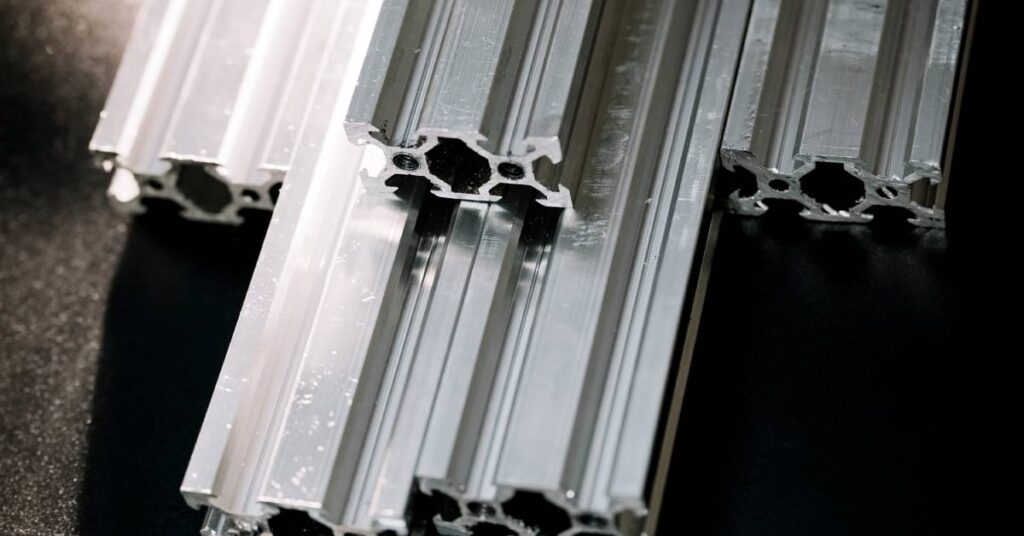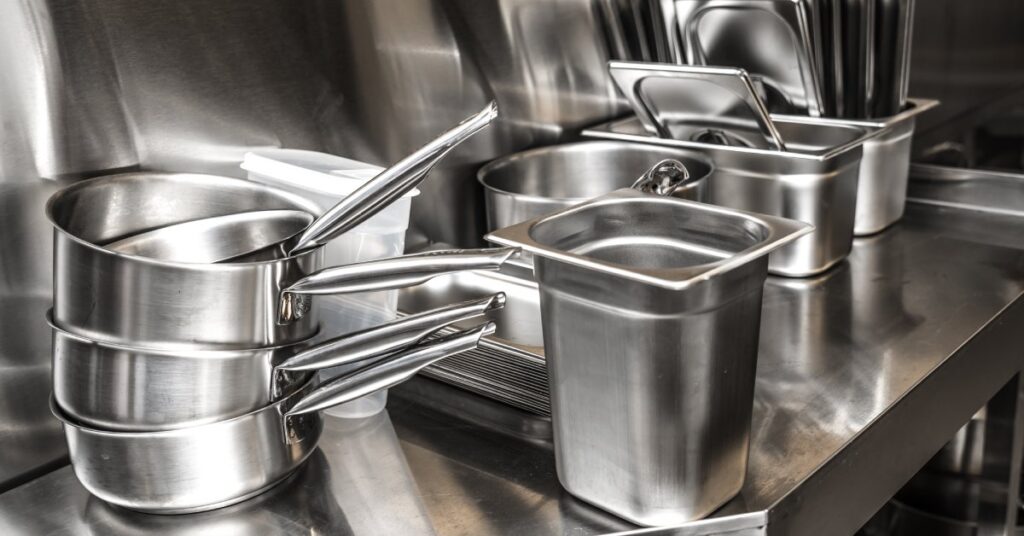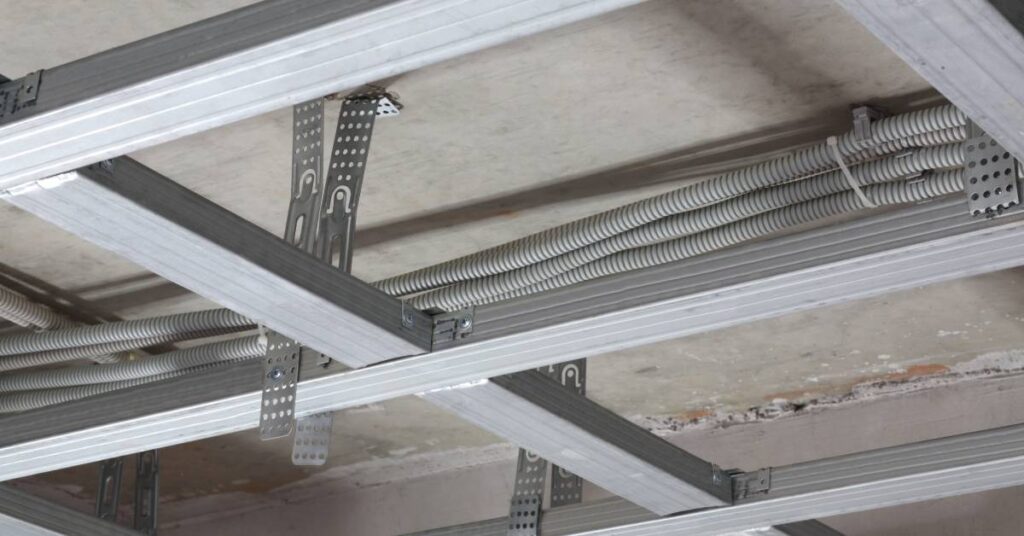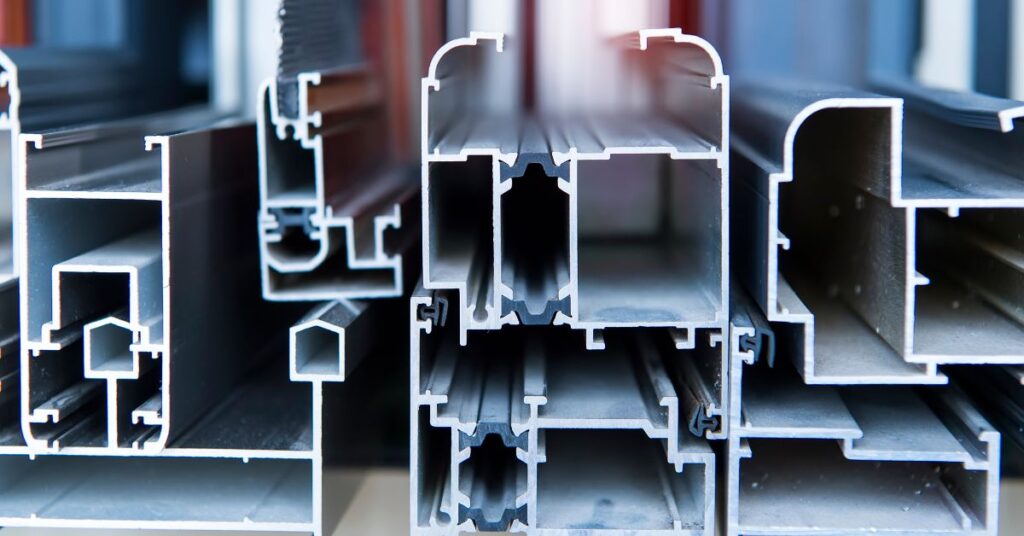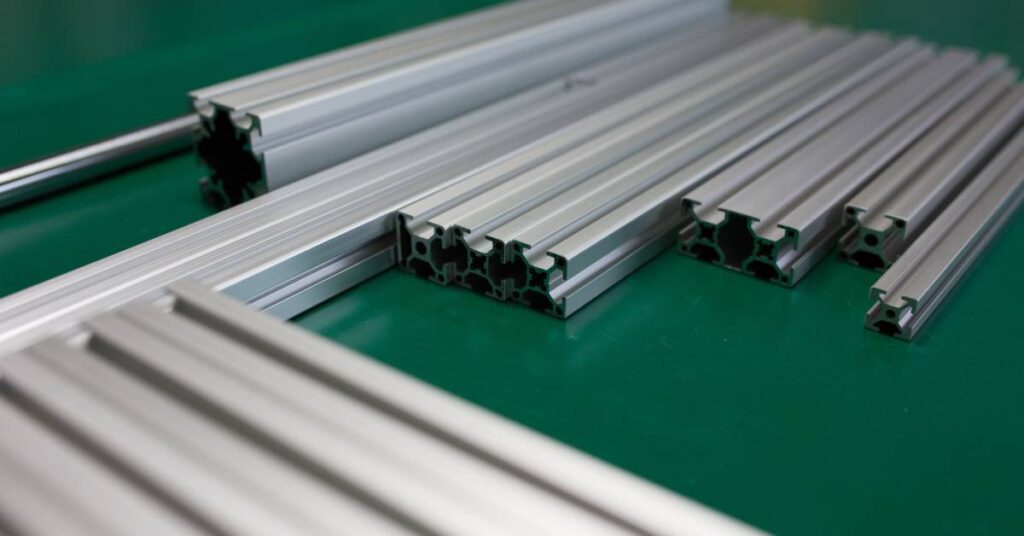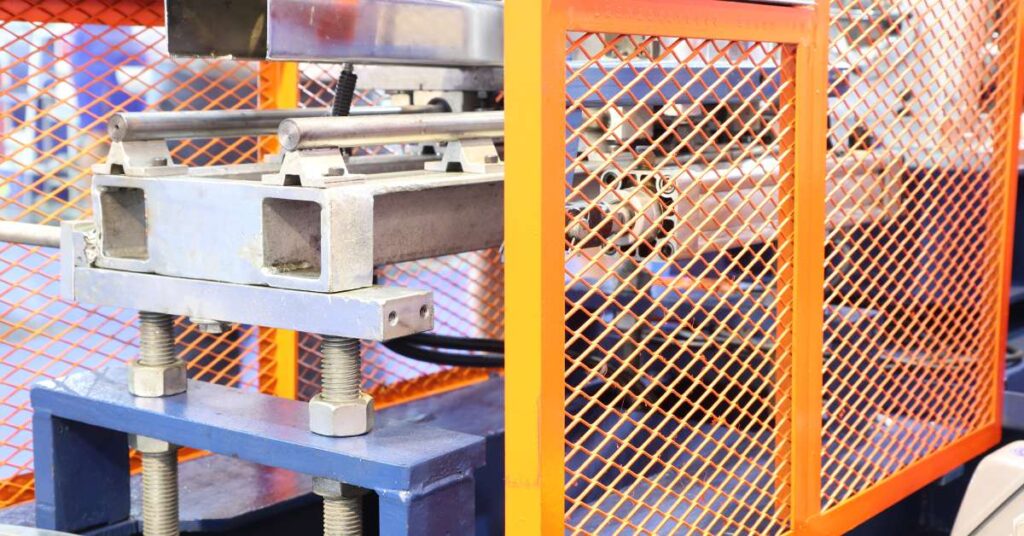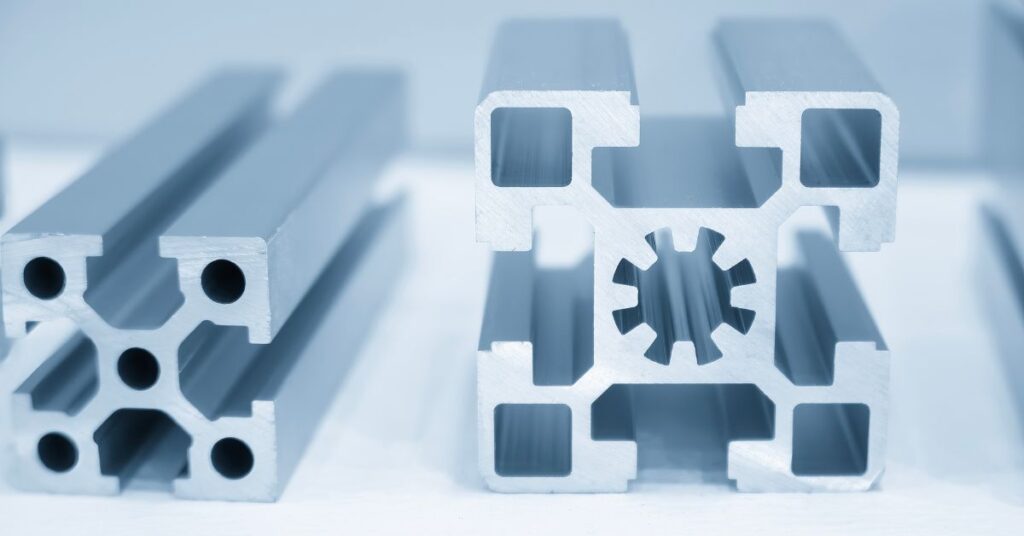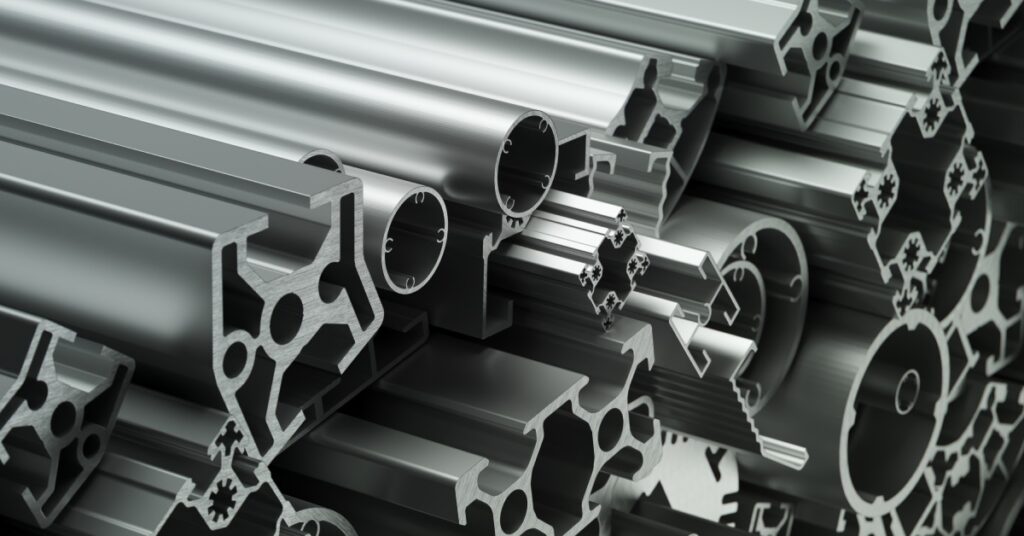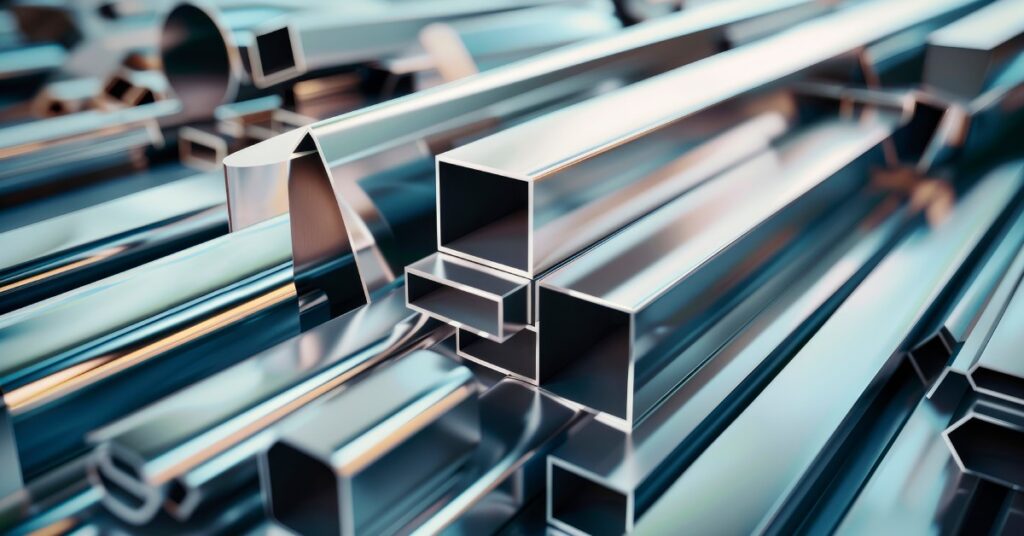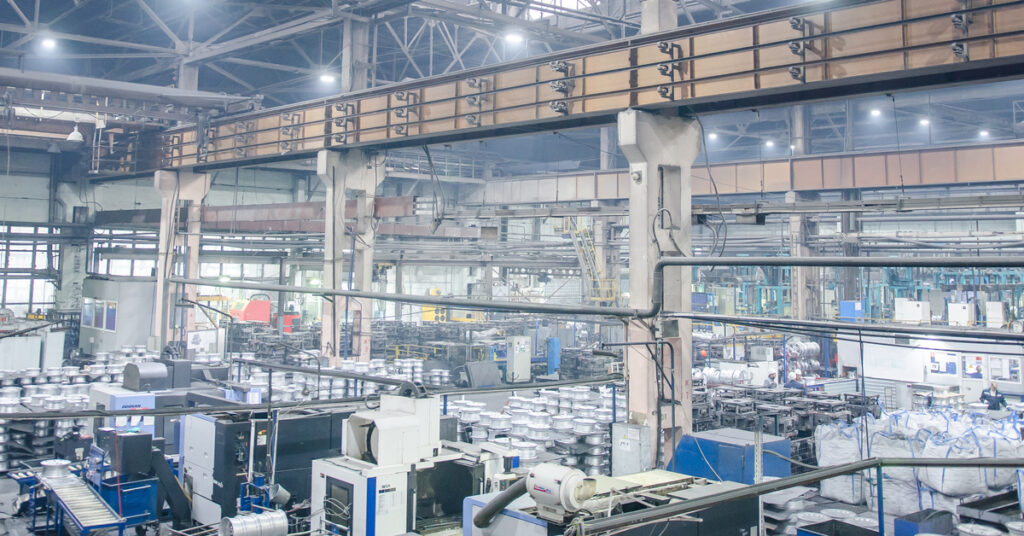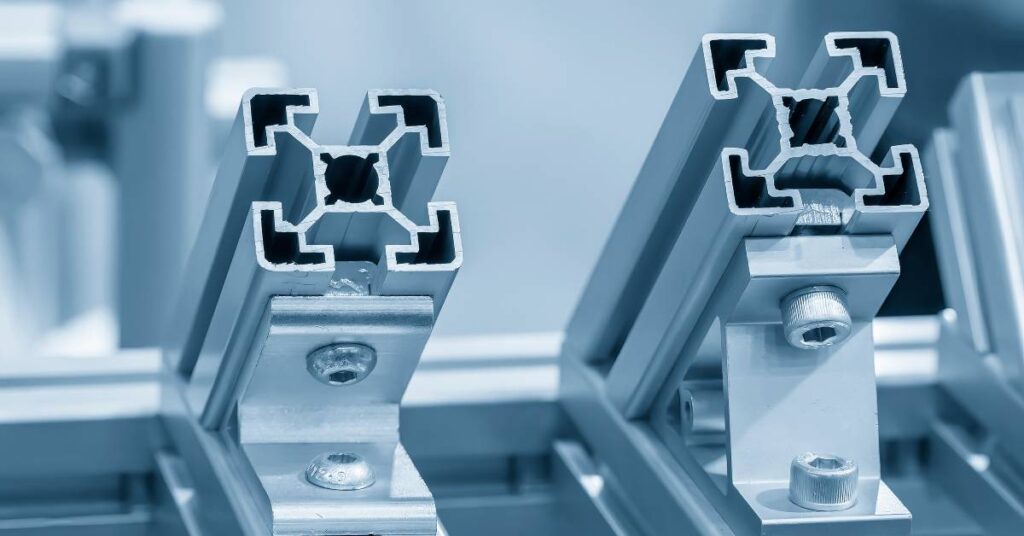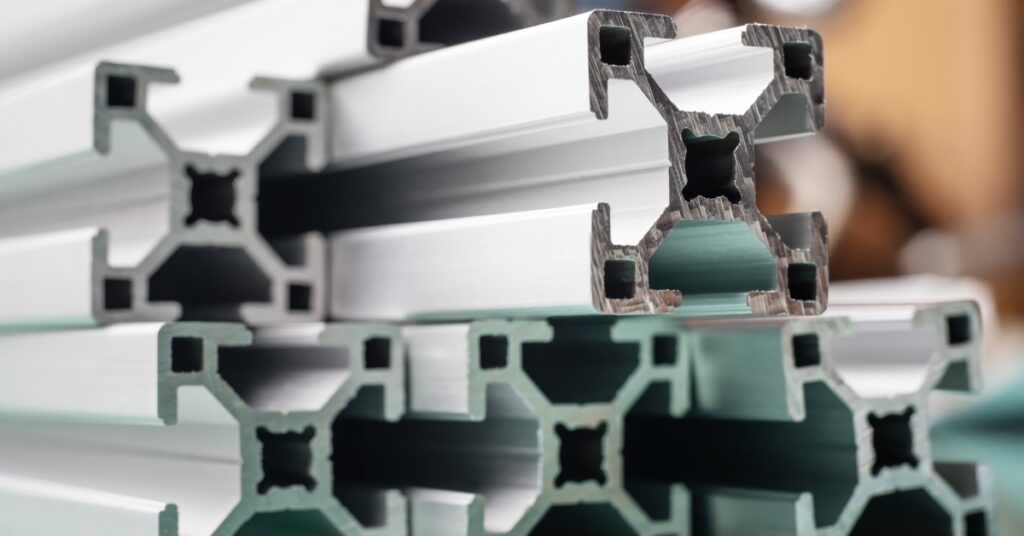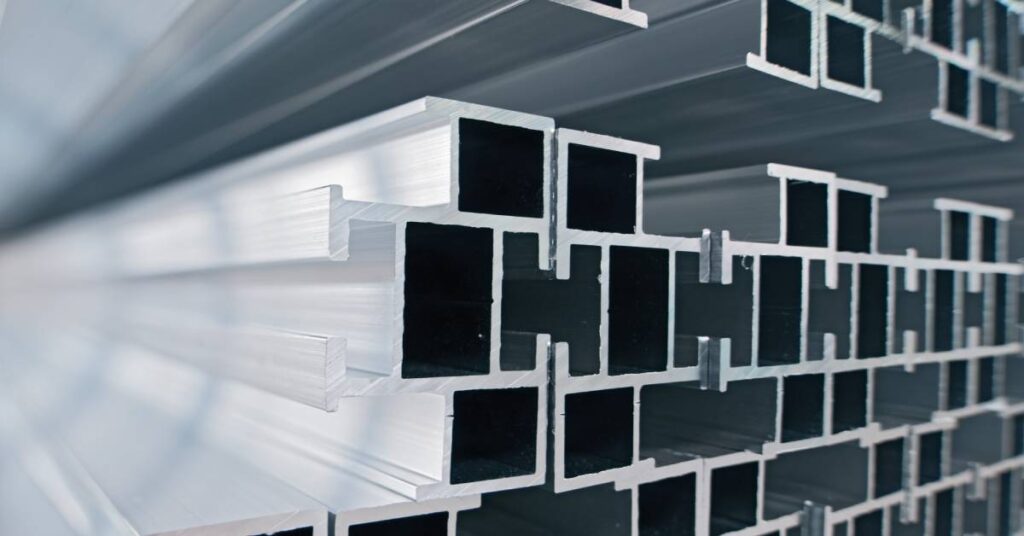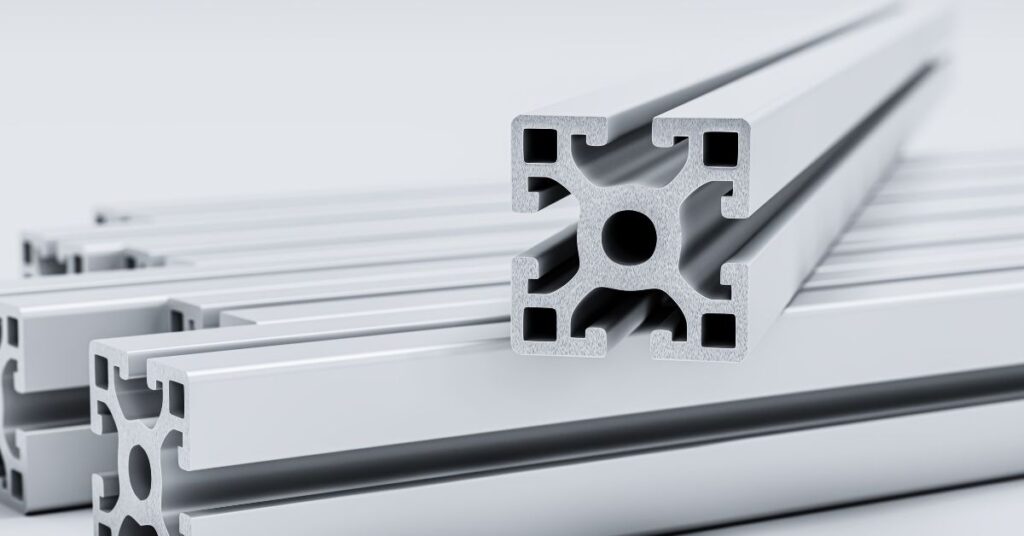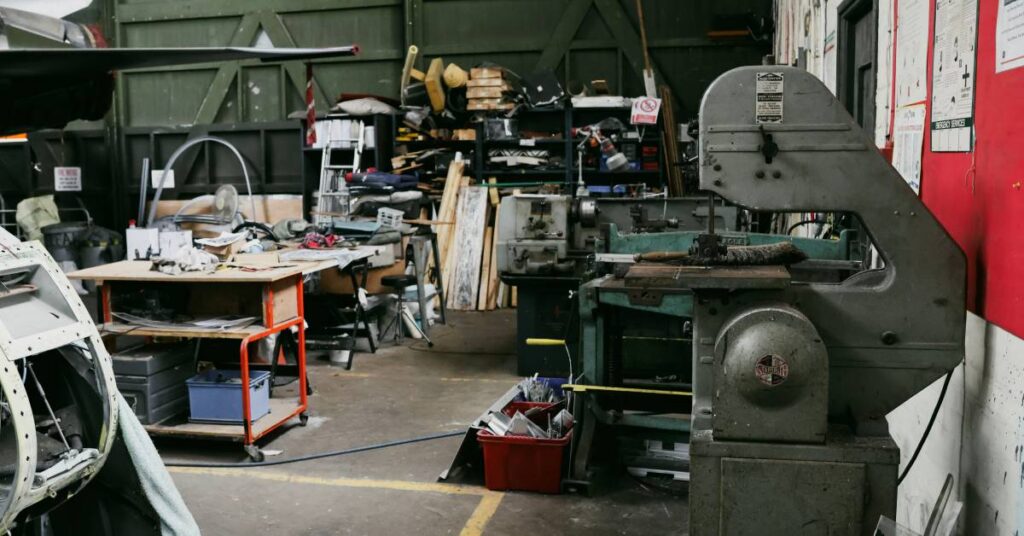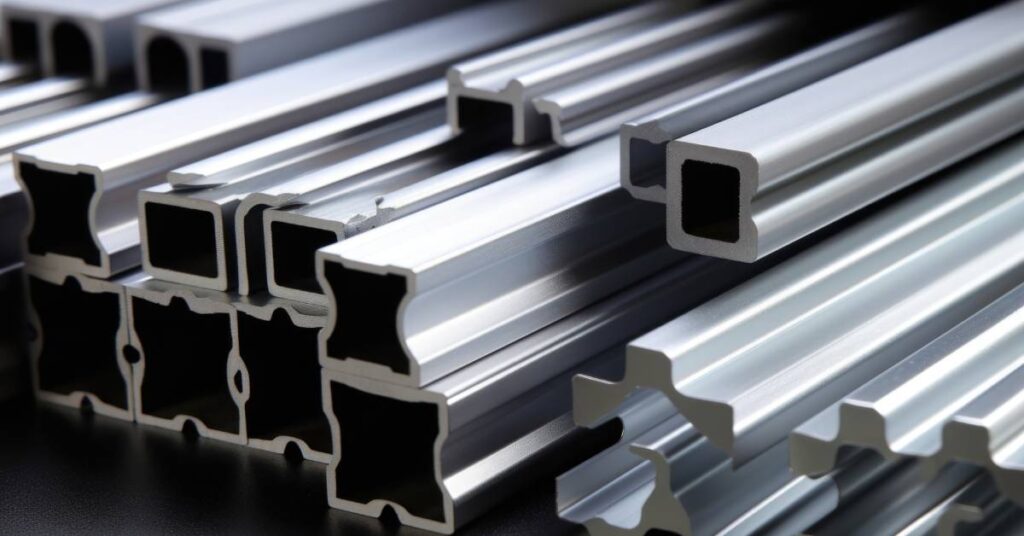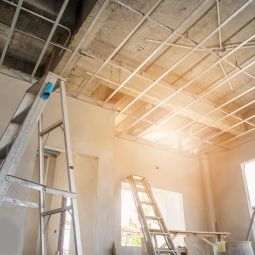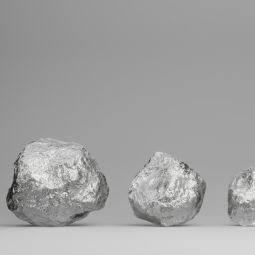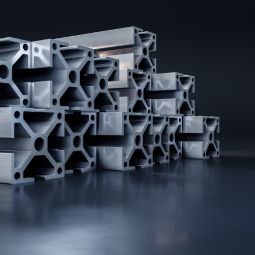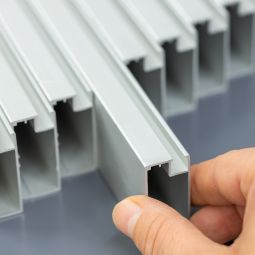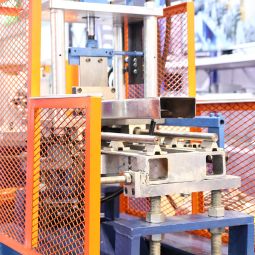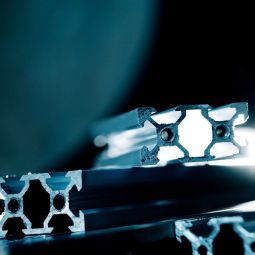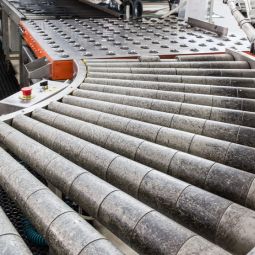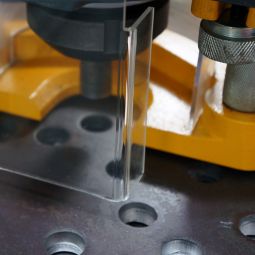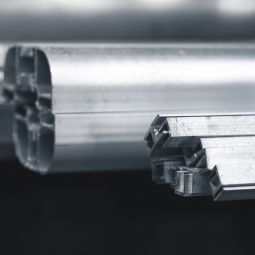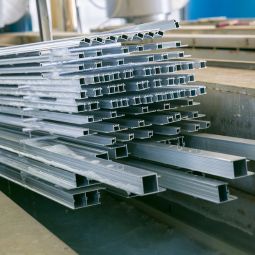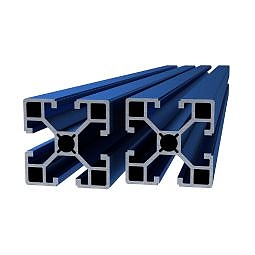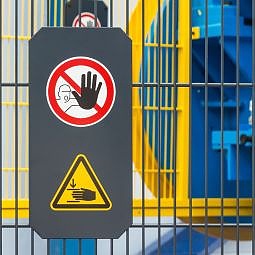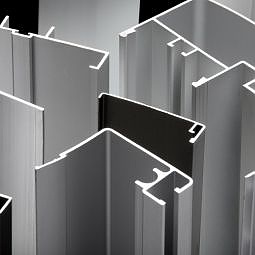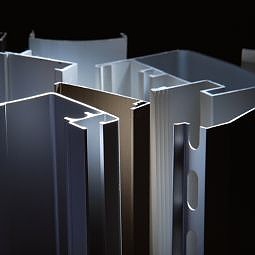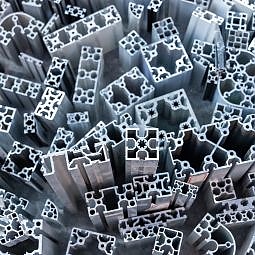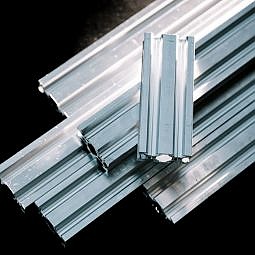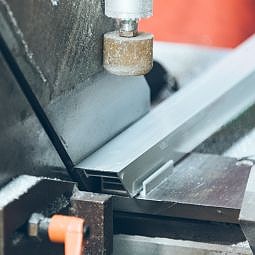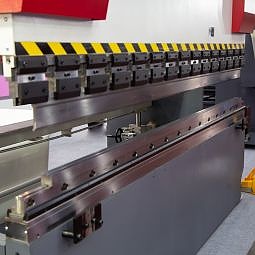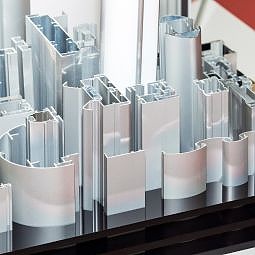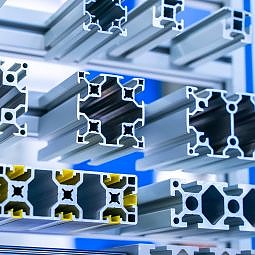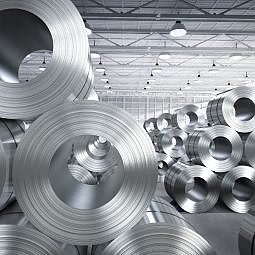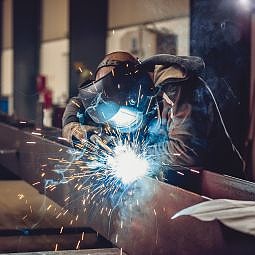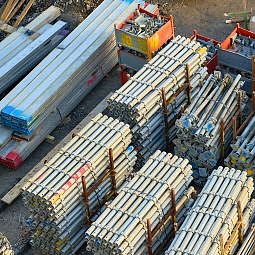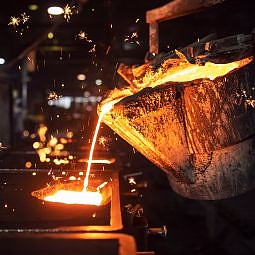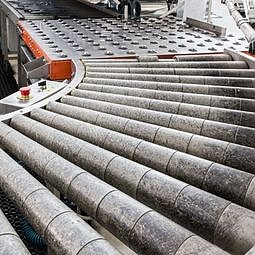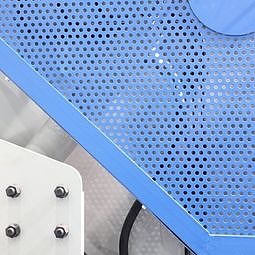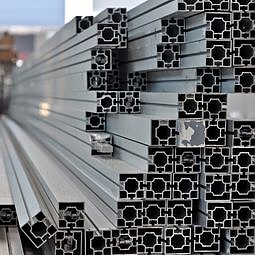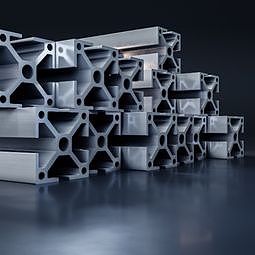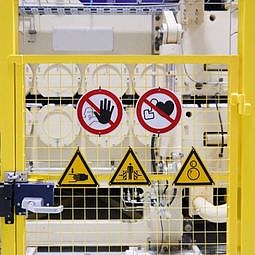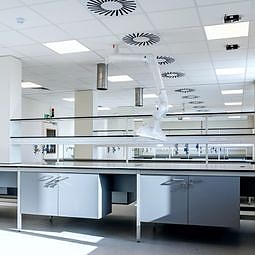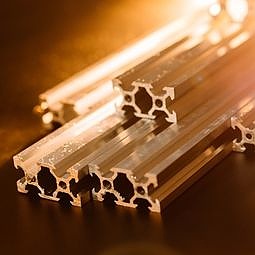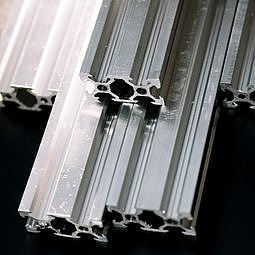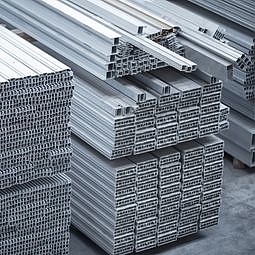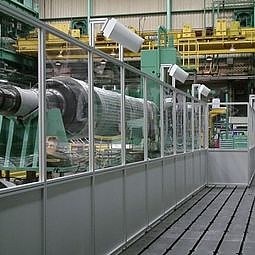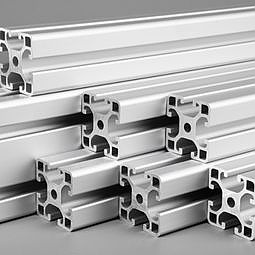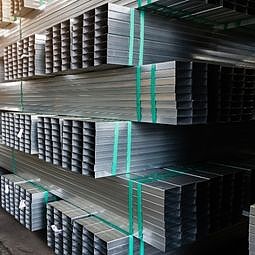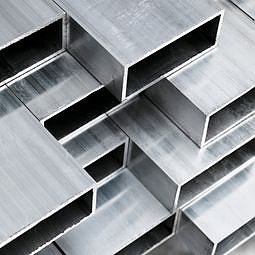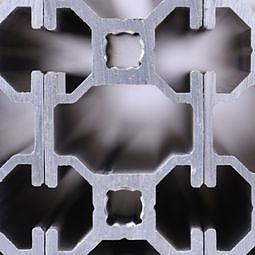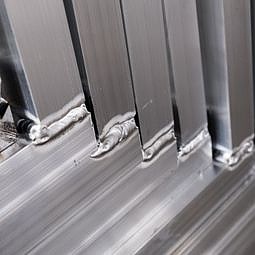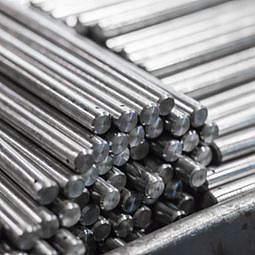Identifying the quality of aluminum profiles is crucial in various industries, from construction to manufacturing and beyond. High-quality aluminum profiles display specific attributes that distinguish them from their lower-grade counterparts. Understanding these characteristics can ensure you invest in durable, efficient, and reliable materials for your project.
Let’s look at how to tell if your aluminum profiles are high-quality and what to look out for when purchasing them.
Check the Weight
The weight of an aluminum profile can serve as a strong indicator of its quality. High-quality aluminum profiles tend to have a heavier weight due to the higher density of the material used. Poor-quality profiles, on the other hand, may use thinner material or incorporate fillers, which reduce their weight. You can calculate the weight per meter to gauge the quality; the weight should align with the theoretical weight based on the profile’s dimensions and the known density of aluminum.
It’s critical to remember that this isn’t a foolproof method, as unscrupulous sellers may manipulate profiles to seem heavier. Therefore, weight should not be your sole determinant of quality. Consider this aspect in conjunction with other factors to make an accurate assessment.
Look for Smooth Edges
Smooth edges are another hallmark of high-quality aluminum profiles. The finishing process of these profiles should result in edges that are smooth to the touch and free of sharp or irregular protrusions. Precise machining and careful handling of quality profiles prevent damages and inconsistencies on the surface. In contrast, rough or jagged edges could signal subpar manufacturing processes or mishandling during transportation or storage.
Moreover, these imperfections might lead to safety issues when handling the profiles or compromise the structural integrity of the application. Therefore, you should always ensure that you physically inspect the edges and surface of the aluminum profiles before purchasing. However, similar to weight, the smoothness of edges should not be the sole determinant of quality. You should consider these factors along with others to make a comprehensive quality assessment.
Inspect for Dents and Scratches
Dents and scratches are telltale signs of poor handling or low-quality materials. High-quality aluminum profiles should be free from unnecessary dents, scratches, or other surface imperfections. Any such flaws can weaken the structure of the profile and compromise its durability, potentially causing problems in the final application. Therefore, inspecting each piece for any such imperfections is crucial.
This inspection includes obvious dents and scratches as well as minor ones, which can sometimes be difficult to spot. If you notice multiple imperfections, it may be a sign of systematic issues with the manufacturing or handling processes, and you should consider looking for another supplier. Remember, a comprehensive quality assessment includes:
- Checking the weight
- Examining the smoothness of the edges
- Inspecting for dents and scratches
Ensure Proper Sealing
Sealing is an essential factor to consider when determining the quality of aluminum profiles. A well-sealed profile demonstrates superior levels of corrosion resistance and durability. You should seal high-quality aluminum profiles in a hot water sealing process, which results in a uniform, protective oxide layer on the surface. This coating is crucial in preventing the aluminum from reacting with atmospheric oxygen, thus avoiding corrosion.
Sealing inspection is straightforward; look for a smooth, evenly-colored profile without blotches or streaks. The color should not flake or peel off, and there should be no visible pitting. It’s also beneficial to ask the supplier for details about their sealing process and the standards they adhere to.
Remember, proper sealing combined with the factors above—weight, smooth edges, and absence of dents and scratches—contribute to a comprehensive assessment of aluminum profile quality. When purchasing, consider these aspects to ensure you’re investing in high-quality, durable materials for your project.
Test for Corrosion Resistance
Corrosion resistance is a fundamental attribute of high-quality aluminum profiles. Aluminum inherently has good corrosion resistance due to a thin, protective oxide layer forming when the metal comes into contact with air. However, you can further enhance this resistance by anodizing, painting, or powder coating. You can subject the aluminum profile to a salt spray test (SST), a common method for evaluating the corrosion resistance of materials, to test for corrosion resistance.
During this test, you expose the profile to a salt spray (or fog) for a set period and record the time it takes for signs of corrosion to appear. High-quality aluminum profiles should show minimal signs of corrosion after extended exposure. Remember, this characteristic, in combination with weight, smooth edges, absence of dents and scratches, and proper sealing, will give you a well-rounded understanding of the quality of your aluminum profiles.
Consider Specialty Products
Certain aluminum profiles can specialize in applications and environments. Such specialty products often exhibit enhanced properties, such as improved strength, increased thermal resistance, or superior corrosion resistance. These profiles may undergo additional processes, including tempering or heat treatment, to meet specific industry standards. For example, marine-grade aluminum profiles used in shipbuilding or offshore structures can withstand harsh maritime conditions and resist saltwater corrosion.
Likewise, architectural aluminum profiles can meet aesthetic requirements without compromising structural integrity. When assessing the quality of these specialty aluminum profiles, it’s important to consider the specific standards and requirements you intend to meet. Ensure the product has the required certifications, which validate that it has been subjected to rigorous testing and meets the standards of its specialized application. Note that these specialty products usually command a higher price than regular profiles, reflecting their enhanced properties and the rigorous processes involved in their production.
The assessment of aluminum profile quality requires a comprehensive approach, considering multiple factors such as weight, smoothness of edges, absence of dents and scratches, proper sealing, and corrosion resistance. For specialty profiles, you must also consider additional standards and requirements. By ensuring the materials meet these stringent criteria, you can confidently invest in your project’s high-quality, durable, and efficient aluminum profiles. Always remember the cost of investing in high-quality materials often outweighs the long-term costs associated with using inferior materials that may fail prematurely or underperform in their intended applications.
If you need aluminum extrusion fabrication, A-Line Automation can help you source high-quality, custom aluminum profiles for your application. Contact us today to learn more about our extrusion capabilities and how we can assist with your project needs.
